IEEFA: Gas turbine shortages to delay LNG-to-power projects in Vietnam and the Philippines
Turbine supply constraints are compounding regulatory and financial delays for LNG-to-power projects in Vietnam and the Philippines, risking 2030 capacity targets and boosting the case for renewables, says a new IEEFA report.
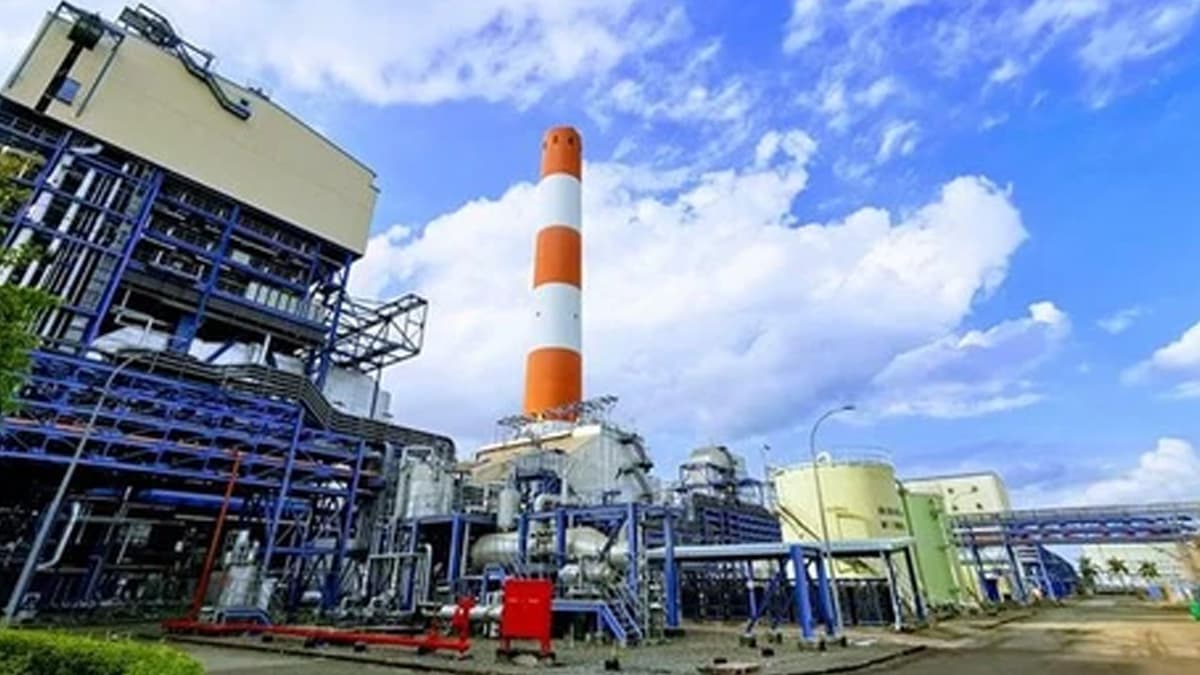
- Major gas turbine manufacturers face years-long backlogs, delaying gas-to-power project timelines in Vietnam and the Philippines.
- Vietnam may miss 2030 LNG and domestic gas power targets by 25.2GW; Philippine projects remain in early development.
- Renewables and battery storage are emerging as faster, lower-cost alternatives amid ongoing gas project delays.
A global shortfall in gas turbines is set to cause further delays and increase costs for liquefied natural gas (LNG)-to-power projects in Vietnam and the Philippines, according to a new report by the Institute for Energy Economics and Financial Analysis (IEEFA), released on 7 October 2025.
The report reveals that the world’s leading turbine manufacturers — GE Vernova, Siemens Energy, and Mitsubishi Heavy Industries (MHI) — are facing severe production bottlenecks. Developers of new gas-fired power plants are being advised to plan seven to eight years in advance for turbine procurement.
This delay adds to a long-standing list of regulatory and financial barriers already affecting gas-to-power expansion in both countries.
“Turbine backlogs add to an already lengthy list of regulatory and financial challenges,” said Sam Reynolds, the report’s author and LNG/Gas Research Lead at IEEFA Asia. “Meanwhile, the rapid expansion of low-cost renewables and storage could ultimately limit the long-term role for gas and LNG.”
Vietnam and the Philippines unlikely to meet gas-to-power goals
Vietnam is projected to fall short of its 2030 gas and LNG-fired power capacity targets by 25.2 gigawatts (GW). The country’s target includes 22.5GW of LNG-fired capacity and 14.9GW from domestically sourced gas. Current capacity sits at 1.6GW and 8.3GW, respectively.
Two Vietnamese projects have disclosed turbine contracts but remain far from financial closure, due to unresolved power purchase agreements, gas supply arrangements, and lack of government-backed guarantees.
In the Philippines, while one project in Batangas is set to commence full operations in 2025, the remaining planned projects — amounting to 10.7GW of capacity — are still in early development stages and unlikely to have secured turbine orders.
Global supply constraints and rising costs
The shortage stems from surging turbine orders in the United States and the Middle East, alongside supply chain challenges for manufacturing.
In 2024, around 80GW of gas turbine orders were placed globally, against an estimated combined annual production capacity of just 30GW among the top three manufacturers. Annual orders are expected to surpass 100GW by 2027.
The United States alone plans to add 19GW of gas-fired capacity per year through 2030.
“Emerging Asian economies… now face a similar situation as with LNG fuel — competing with wealthier buyers, but this time for the hardware,” Reynolds noted.
Delivery timelines for large turbines now exceed five years, with non-refundable reservation fees becoming standard. One developer reportedly paid GE Vernova US$25 million to reserve a delivery slot in 2030.
Capital costs for new gas projects have nearly tripled — from US$700–1,000 per kilowatt (kW) to approximately US$2,400/kW.
Manufacturers hesitant to expand production rapidly
Despite cautious announcements to scale up production, material, component, and labour shortages make it unlikely that these expansions will ease delays in the medium term.
IEEFA also warns that boosting capacity in response to demand projections driven by data centres and artificial intelligence carries financial risk. A miscalculation in demand could lead to overcapacity, as seen in previous industry cycles.
For countries like Vietnam and the Philippines, relying on alternative turbine suppliers is difficult due to the technical complexity and limited availability of heavy-duty turbine producers.
“Using smaller turbines would reduce efficiency and dramatically increase levelised costs,” said Reynolds.
Renewable energy becoming more attractive
In contrast to the lengthy development timelines and mounting risks for gas infrastructure, solar and wind power projects offer significantly faster deployment — often within a year.
Vietnam has increased its 2030 solar target sixfold under its revised power development plan. Between 2018 and 2023, its wind and solar capacity grew from nearly zero to over 21GW.
In the Philippines, solar energy is now the fastest-growing segment, with over 13GW of new renewable energy contracts awarded through centralised auctions since 2022.
Notably, gas generation in both countries is now lower than it was in 2015.
“Gas turbine shortages make the case for renewable energy in Vietnam and the Philippines even clearer,” said Reynolds. “Every year of delays for gas and LNG-fired power plants means that less gas and LNG will be needed in the long run.”

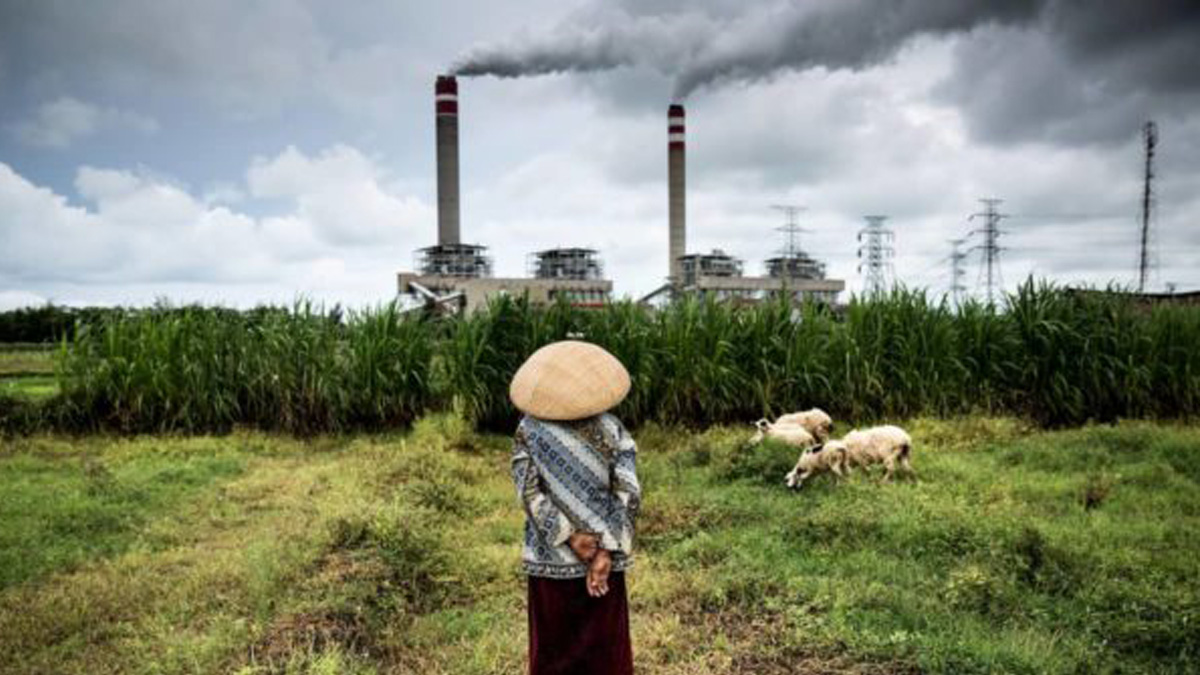


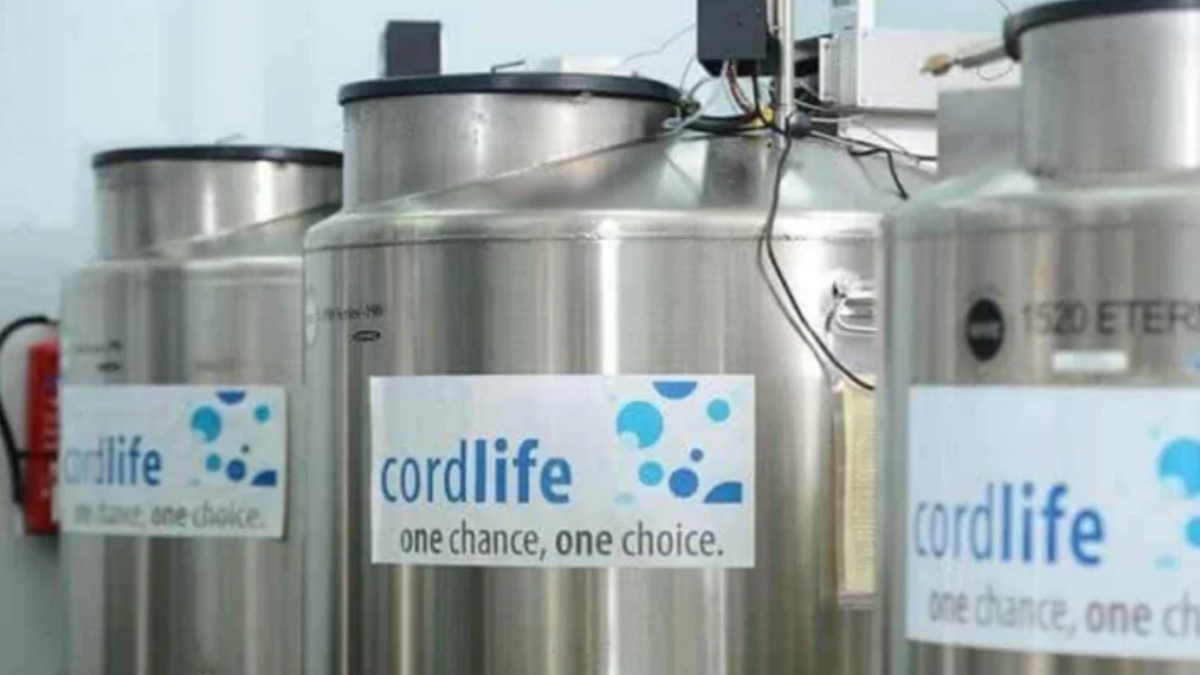

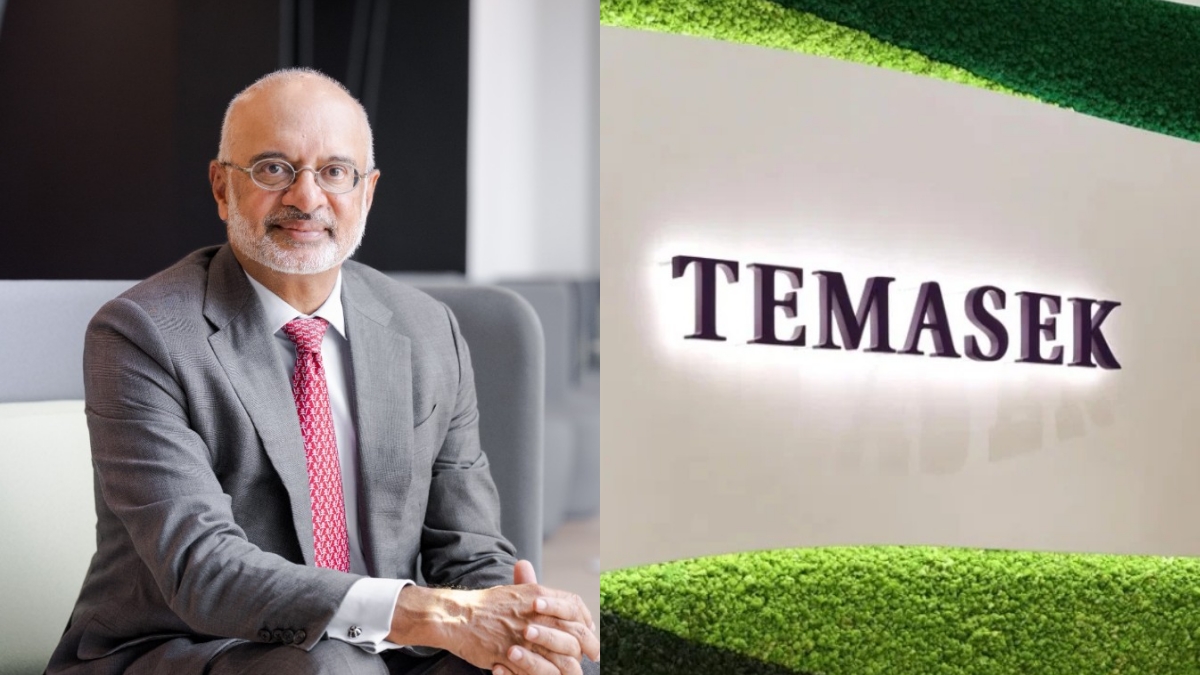
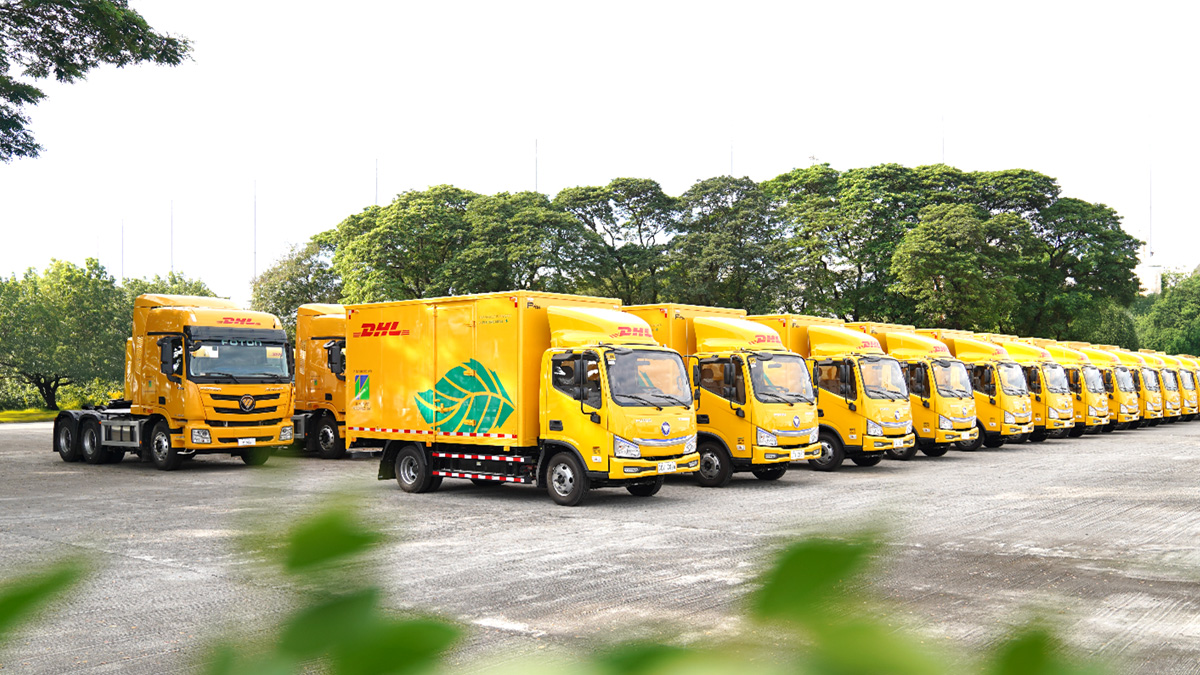

0 Comments